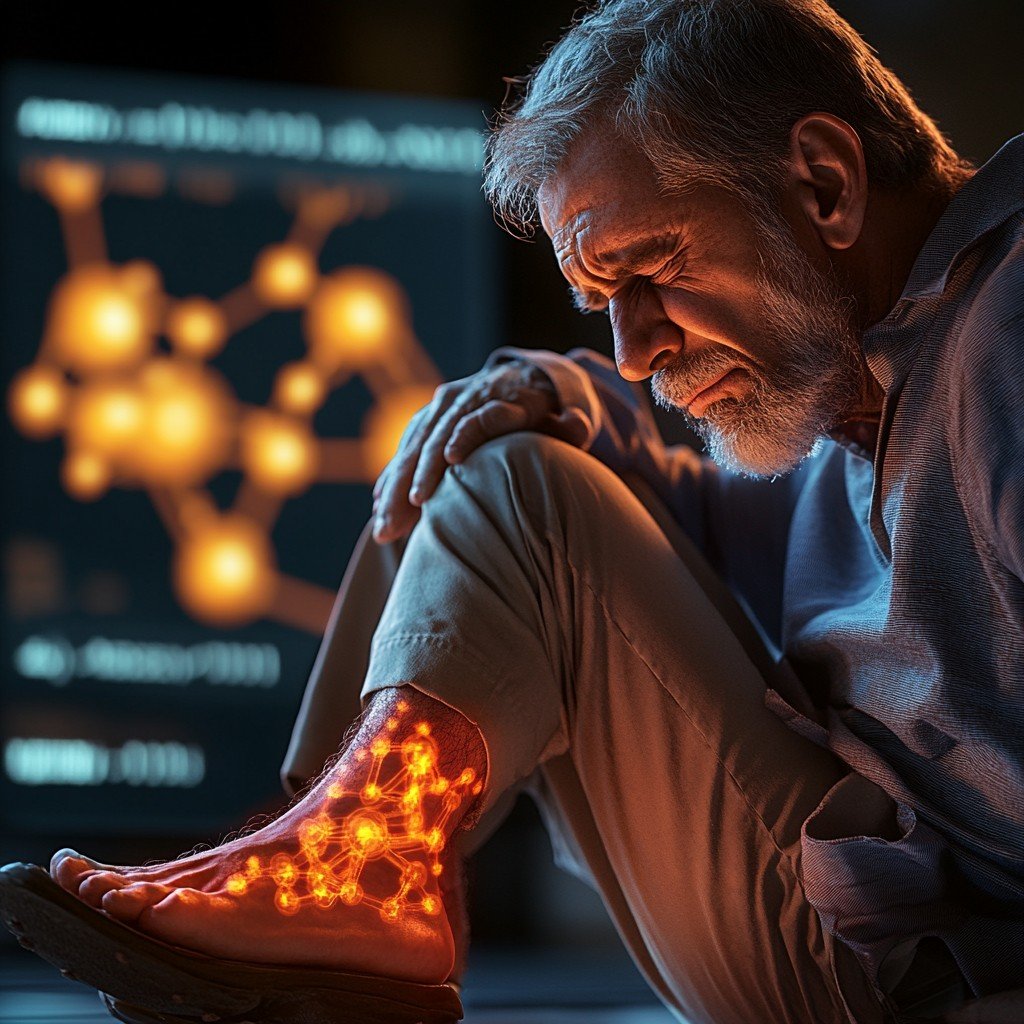 Fueling your body for long-distance cycling is essential for sustaining energy, enhancing performance, and ensuring quick recovery. Long-distance rides demand significant energy, so understanding how to fuel your body correctly can make the difference between a successful ride and fatigue. In this guide, we’ll cover pre-ride fueling, on-the-road nutrition, hydration, and post-ride recovery to help you cycle your best.
Fueling your body for long-distance cycling is essential for sustaining energy, enhancing performance, and ensuring quick recovery. Long-distance rides demand significant energy, so understanding how to fuel your body correctly can make the difference between a successful ride and fatigue. In this guide, we’ll cover pre-ride fueling, on-the-road nutrition, hydration, and post-ride recovery to help you cycle your best.
Pre-Ride Nutrition: Building a Strong Foundation
Before heading out for a long ride, ensure your body has the right fuel to sustain energy over time. Carbohydrates are key here, as they provide the glycogen stores your muscles will tap into during prolonged activity.
– Carbohydrates: 2-3 hours before your ride, opt for slow-digesting carbs like oatmeal, whole grains, or sweet potatoes. Aim for about 1-1.5 grams of carbs per kilogram of body weight.
– Protein: Including some lean protein, such as eggs, Greek yogurt, or a protein smoothie, helps with muscle support and prevents early hunger.
– Fats: Fats take longer to digest, so consume them in moderation. A few nuts or half an avocado can add satiety without risking an upset stomach.
Tip: Avoid high-fiber and very high-fat foods just before the ride, as they may lead to digestive discomfort.
Hydration: Start Hydrated, Stay Hydrated
Hydration is critical for endurance sports like cycling, as even mild dehydration can lead to fatigue, muscle cramps, and decreased mental focus.
– Pre-Ride Hydration: Begin hydrating early, aiming for about 500-750ml of water 1-2 hours before the ride. If the weather is hot or humid, slightly increase this amount.
– Electrolytes: Consider an electrolyte tablet or drink for added sodium, potassium, and magnesium to maintain fluid balance.
During the Ride: On-the-Go Fueling
When cycling for hours, fueling on-the-go is crucial. Aim to eat small amounts every 30-45 minutes to keep your energy stable.
– Carbs for Energy: Aim for 30-60 grams of carbs per hour from easy-to-digest sources like energy gels, bananas, or energy bars. Choose options that you find easy to carry and digest.
– Electrolyte Drinks: Consider electrolyte drinks over plain water if you’re sweating heavily, as they help replace lost minerals and prevent cramping.
– Quick Snack Ideas:
– Bananas
– Energy bars
– Rice cakes with a thin layer of jam
– Small sandwiches with almond butter
Tip: Practice eating and drinking during training rides to know what works best for your body. This can help avoid digestive issues on the big day.
Post-Ride Recovery: Replenish and Repair
After a long ride, focus on recovery nutrition to replenish glycogen stores, repair muscle tissues, and rehydrate effectively.
– Carbohydrates and Protein: Within 30 minutes of finishing, consume a carb-protein snack in a 3:1 ratio, like a protein smoothie with fruit or a sandwich with lean meat. This helps replenish glycogen and kick-starts muscle repair.
– Hydration: Rehydrate with water, adding electrolytes if the ride was especially intense or weather conditions were challenging.
– Post-Ride Meal: About 1-2 hours after your ride, have a balanced meal including lean protein, complex carbs, and healthy fats.
Smart Fueling Strategies for Different Distances
Fueling can vary based on ride length, intensity, and environmental factors. Here’s a quick guide to tailor your approach:
– Short Rides (1-2 hours): Focus on a balanced pre-ride meal, and you might not need additional fueling during the ride, unless it’s a high-intensity workout.
– Medium Rides (2-4 hours): Plan for regular carb intake every 45 minutes to an hour, plus plenty of fluids.
– Long Rides (4+ hours): Follow an hourly fueling plan with carbs and electrolytes, and consider carrying a variety of snacks to keep energy levels steady.
Tips to Optimize Your Fueling Plan
– Experiment with Food and Drink: Every cyclist’s body responds differently, so experiment during training to find your ideal foods and hydration strategy.
– Consider Caffeine for an Extra Boost: Some cyclists use caffeine strategically for an energy boost, usually mid-ride. Test this in training to gauge its effect.
– Balance Calories with Energy Output: Calculate the calories burned during a ride and aim to replenish around 60-80% of that through on-the-go fueling.
Finally,
Learning how to fuel your body for long-distance cycling is essential for enjoying the ride and achieving your goals. From pre-ride carb-loading to in-ride fueling and post-ride recovery, each component is essential to maintaining performance. With the right strategy, you’ll be able to go the distance, no matter the ride ahead.








